Description
Opioids
are a class of drugs that act on the nervous system to relieve pain. They are derived from the opium poppy plant or synthesized in laboratories. are commonly prescribed for the management of moderate to severe pain, but they also have a high potential for abuse and addiction. This comprehensive response will delve into the various aspects of opioids, including their history, types, effects, medical uses, abuse potential, addiction, and treatment options.
History ;
The use of dates back thousands of years. The opium poppy plant has been cultivated for its medicinal properties since ancient times. Opium was used by civilizations such as the Sumerians, Egyptians, Greeks, and Romans for its pain-relieving effects. In the 19th century, morphine was isolated from opium and became widely used as a painkiller during the American Civil War. Later, heroin was synthesized from morphine and marketed as a non-addictive substitute for morphine. However, it was soon discovered that heroin was even more addictive than morphine.
Types of :
There are several types of available today. These include natural (such as morphine and codeine), semi-synthetic opioids (such as oxycodone and hydrocodone), and fully synthetic \(such as fentanyl and methadone). Each type has different potencies and durations of action.
Effects :
work by binding to specific receptors in the brain and spinal cord called opioid receptors. This binding reduces the perception of pain and produces feelings of euphoria and relaxation. Other effects include sedation, respiratory depression, constipation, nausea, and dizziness. can also cause tolerance, meaning higher doses are needed to achieve the same effect over time.
Medical Uses of :
are commonly prescribed for the management of acute and chronic pain. They are used in various medical settings, including hospitals, clinics, and palliative care. may be prescribed after surgeries, injuries, or for conditions such as cancer-related pain. Additionally, opioids are sometimes used to treat severe coughing or diarrhea.
Abuse Potential and Addiction:
One of the major concerns with is their potential for abuse and addiction. When are taken recreationally or in higher doses than prescribed, they can produce a euphoric high that can lead to dependence and addiction. addiction is a chronic condition characterized by compulsive drug-seeking behavior and the inability to control opioid use despite negative consequences. It can have devastating effects on individuals, families, and communities.
Treatment for Addiction:
Treating addiction requires a comprehensive approach that addresses both the physical and psychological aspects of the condition. The most effective treatment option is medication-assisted treatment (MAT), which combines medications such as methadone, buprenorphine, or naltrexone with counseling and behavioral therapies. MAT helps to reduce cravings and withdrawal symptoms while providing support for long-term recovery.
Other treatment options include detoxification programs, residential rehabilitation centers, outpatient counseling, support groups (such as Narcotics Anonymous), and individual therapy. The choice of treatment depends on individual needs and preferences. examples of opioids
are a class of drugs that are commonly used for pain management. They can be highly addictive and have the potential for abuse. Therefore, it is crucial to take appropriate measures to keep opioids safe and secure. In this comprehensive guide, we will discuss various strategies and precautions that can be taken to ensure the proper storage and handling of ..prescription opioids
1. Secure Storage: The first step in keeping safe is to store them securely. It is essential to keep opioids out of reach of children, teenagers, and anyone who may misuse or abuse them. Consider the following tips for secure storage: prescription opioids
– Lockable Cabinets or Safes: Store in lockable cabinets or safes that are not easily accessible. This will help prevent unauthorized access.
– Hidden Storage: If possible, consider hiding the opioids in a less obvious location, such as a locked drawer or container.
– Avoid Common Areas: Avoid storing in common areas like bathrooms or kitchens, as these are easily accessible to others. short term effects of opioids
2. Proper Labeling: Accurate labeling is crucial when it comes to opioid storage. Ensure that all opioid medications are properly labeled with the following information:
– Name of Medication: Clearly label the name of the medication on the container or packaging.
– Dosage Instructions: Include dosage instructions on the label to avoid confusion.
– Expiration Date: Check the expiration date regularly and dispose of any expired medications appropriately.
3. Keep Track of Inventory: It is essential to keep track of your opioid inventory to ensure that no medications go missing or are stolen. Consider implementing the following practices:
– Record Keeping: Maintain a detailed record of all opioid medications, including the quantity, date received, and date dispensed.
– Regular Audits: Conduct regular audits of your opioid inventory to identify any discrepancies or missing medications.
– Reporting: Report any missing or stolen medications to the appropriate authorities promptly.
4. Disposal of Unused Medications: Proper disposal of unused is crucial to prevent misuse or accidental ingestion. Follow these guidelines for safe disposal:
– Take-Back Programs: Utilize local take-back programs or events that allow for the safe disposal of unused medications.
– Pharmacies and Law Enforcement: Some pharmacies and law enforcement agencies have medication disposal programs. Contact them to inquire about available options.
– Disposal at Home: If no take-back programs are available, follow specific guidelines for at-home disposal. Mix the opioids with an undesirable substance (e.g., coffee grounds) and place them in a sealed bag before disposing of them in the trash.
5. Educate Family Members: It is crucial to educate family members, especially children and teenagers, about the dangers of opioid misuse and abuse. Consider the following steps:
– Open Communication: Foster open communication about , their potential risks, and the importance of responsible use.
– Teach Responsible Medication Use: Educate family members on the proper use of , emphasizing that they should only be used as prescribed by a healthcare professional.
– Recognize Warning Signs: Teach family members to recognize warning signs of misuse or addiction in themselves or others.long term effects of opioids
children teens and young adults
- addiction overdose and death
- help protect children teens
- to help protect children
- substance use disorder
- are powerful
- know to help protect
- use disorder
- are a class
What are the 4 common opioids?
What are the three main types of opioids?
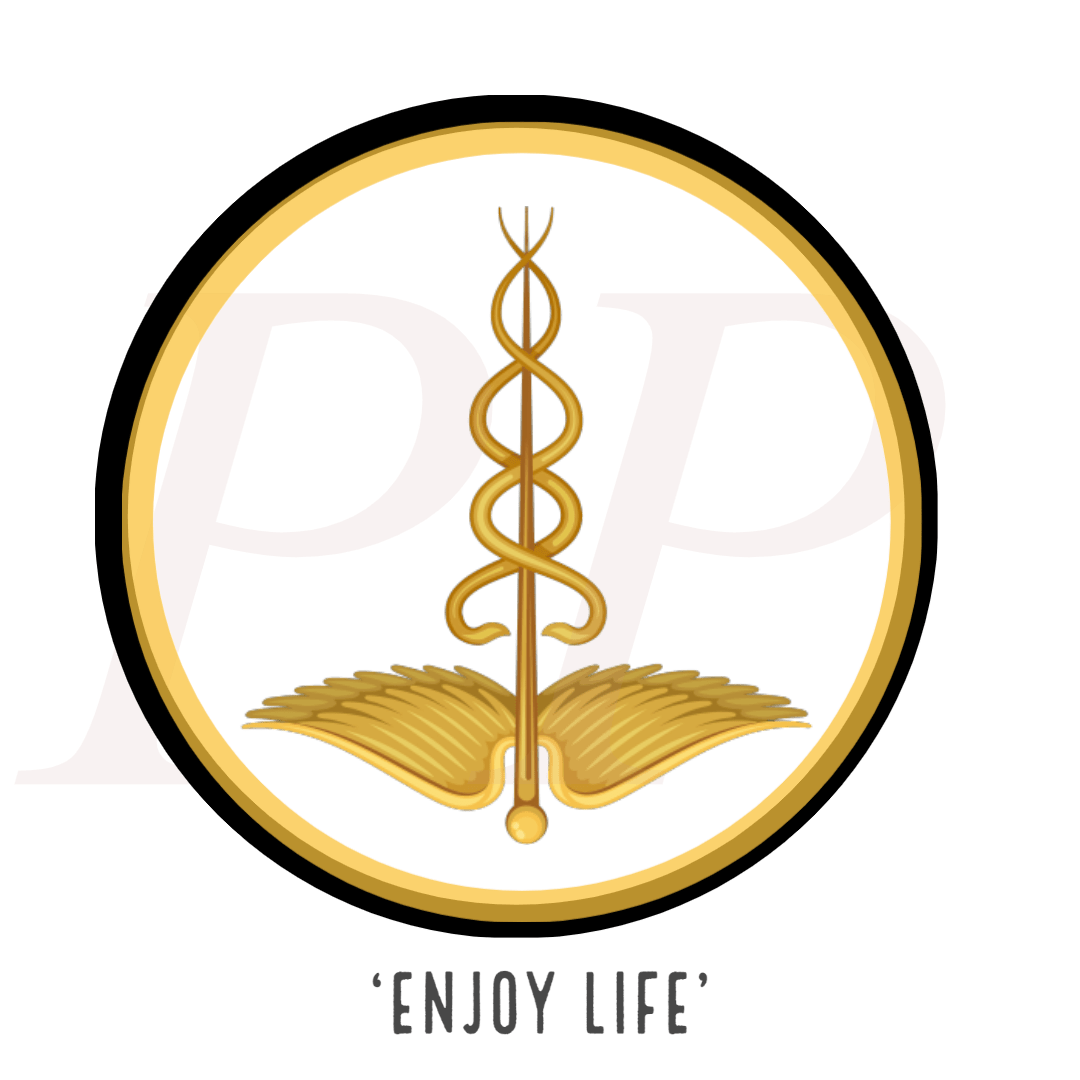
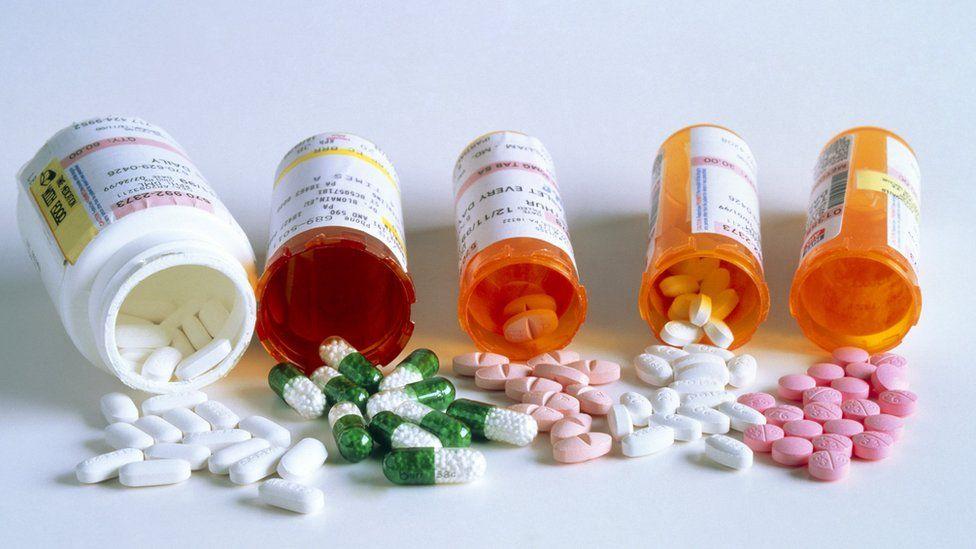
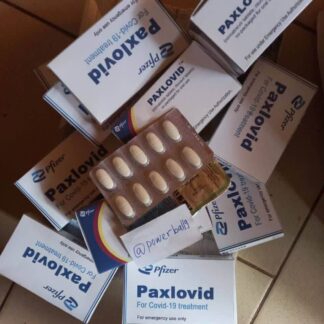
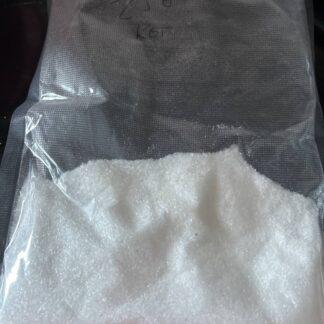
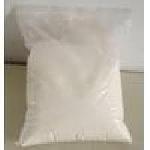



Reviews
There are no reviews yet.